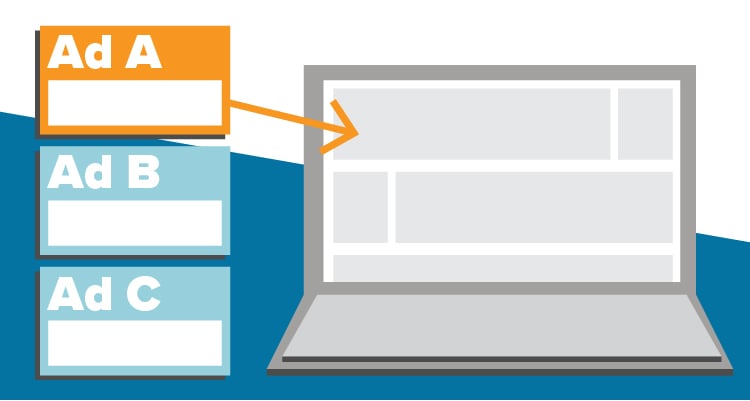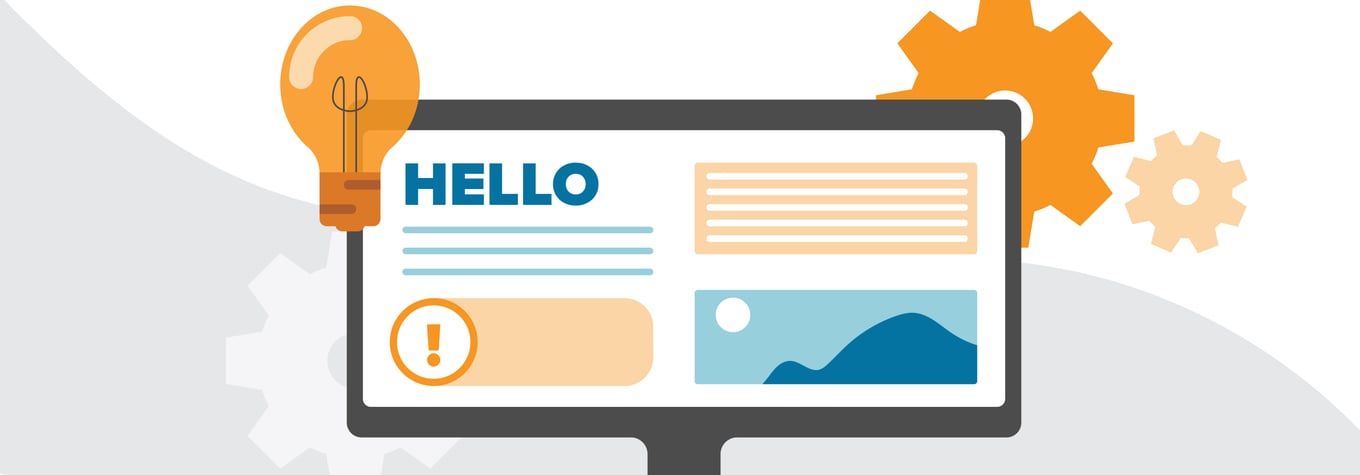Did you know there’s a smarter and simpler way to nurture leads who visit your website, receive your emails, and see your ads? What a potential customer is looking for varies depending on where they are in the buyer’s journey. A website visitor could be looking for information to help solve a problem they just started researching, or they could want specific details and prices for products or services you offer.
By leveraging “smart content,” a type of marketing automation, you can deliver the right message to the right person at the right time. And these perfectly timed, personalized moments of connection can help you provide value, build trust, and convert more leads into customers.
What is smart content?
Smart content, a feature available through some content management software (CMS) tools like HubSpot, is simply different versions of your digital marketing that automatically appear based on the characteristics of several viewer categories, such as the visitor’s location, the type of device they’re using, or the specific ad they click. The “smart” part of the content comes from rules you apply that automatically display personalized versions as potential customers interact with your content.
While shopping online, you’ve probably experienced retailers recommending products and services based on your past browsing and purchases. This is one of the most well-known examples of smart content.
In HubSpot, for example, you can easily create and manage smart content rules based on these eight categories:

Ad source:
Show content to viewers based on the ad they’ve clicked. The ad source is determined by the UTM parameters in the page URL.
Referral source:
Show visitors smart content based on how they found your site.
Preferred language:
Personalize your content based on the language set within the visitor’s web browser.

Country:
Display content to your viewer based on their country. The country is determined by the IP address of the visitor.
Contact list membership:
Show different content to visitors who are members of a specific HubSpot list.
Lifecycle stage:
Display different content based on a visitor’s lifecycle stage property value.

Device type:
Target visitors accessing your site via mobile, tablet, or desktop. The smart content tools analyze the user agent of your visitor’s browser to determine their device type. Since this can be changed manually on the device, accurate segmentation cannot be guaranteed.
Query parameter:
Show content based on the query parameters in the visitor’s page URL.
CMS platforms’ marketing technology typically uses web browser cookies to identify visitors who have previously viewed your content and compare the cookie data against your smart rules to determine the smart content to show. If no cookie exists, the browser settings—such as device type and IP address—are used to determine which smart content will appear.
And what if no smart rules apply, or if cookies are blocked by the user’s web browser or network security? Not a problem. Your designated default content will still appear.
Why do you need smart content?
According to HubSpot’s lead generation statistics, email automation campaigns are among the top three tactics used by email marketers to improve performance. That’s because automated marketing not only simplifies lead generation, it’s also highly effective!
You can automate email responses based on form submissions or website action, so you don’t have to:
Guess when a contact is ready to receive a message from you.
OR
Stress by trying to manually monitor customer actions for signals to deploy your marketing message.
Tailored messaging helps you establish connections and build trust as prospects interact with your content. Instead of displaying the same static content, you can deliver relevant information and offers to delight prospects and inspire them to move from awareness to consideration and finally to decision—automatically!
How do you get started with smart content?
Getting started with smart content and marketing automation can feel overwhelming. Which content should you personalize, and which smart rules should you set up? The great news is that you can start today and gradually build, scale, and measure the results of your personalization strategy. After all, smart content is intended to complement your existing marketing strategy, not replace it.
Our advice? Keep it simple! In our experience, a simple approach to smart content and marketing automation is also the best strategy. We recommend you:
- Limit your smart content rules to one per web page.
- Use a mix of marketing automation to support your smart content, such as:
- Maintain your contact list and property update workflows to support your sales team.
- Develop (or review) your buyer personas and map out which touchpoints can be personalized and automated for each one. Then prioritize your smart content accordingly.
- Schedule your emails, blogs, and social posts with CTAs to align with your overall smart content strategy.
Have questions about smart content? Get answers to frequently asked questions here.
See how we use inbound marketing strategies, including smart content and marketing automation, to help our clients grow. Check out our work!

